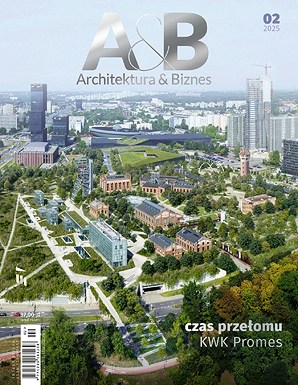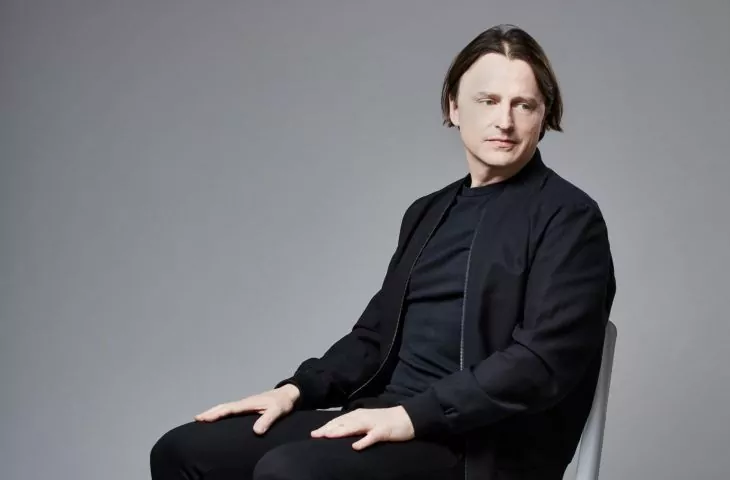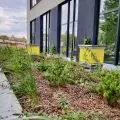"10 Questions to..." is a series of short interviews with designers and designers, to whom we address the same pool of questions. In today's installment of the mini-interview, Oskar Zięta talked about the most important buildings, the most inspiring city and an unforgettable book.
Oskar Zięta - architect and designer. Graduate of the Faculty of Building and Architecture at the Szczecin University of Technology. At the ETH University in Zurich, he received his doctorate, there he also developed research dedicated to metalworking technology - FiDU, which he used, among other things, in the design of the now iconic PLOPP stool. He is the author of architectural sculptures designed using the parametric method, including the tallest sculpture in public space in Poland - the WIR installation and the NAWA pavilion-sculpture in Wroclaw, nominated for the Mies van der Rohe Prize.
1. architecture in three words...?
a. Knowledge.
b. Experience.
c.Intuition.
2. the three most important buildings for you...?
a. The Therme Vals complex designed by Peter Zumthor in the Swiss canton of Graubünden (1996).
b. Glass House in New Canaan, Connecticut, USA, designed by Philip Johnson (1949).
c. Habitat 67 housing complex in Montreal, Canada by Moshe Safdie (built for the 1967 World Exposition).
3. most important book on architecture...?
Peter Sulzer's 1995 book on the work of Jean Prouvé: "Jean Prouvé - Oeuvre complète / Complete works".
4. most inspiring city and why...?
Tokyo - because of its architectural completeness.
5. architect with whom you would like to design something and why...?
Peter Zumthor, whom I admire for his radicalism and beauty of detail.
6. hand drawing or computer drawing?
Freehand drawing.
7. mockup or 3D model?
Mock-up. Model. Mock-up. Model. File.
8. modernism or postmodernism?
Modernism.
9. work after hours or sports?
Hobby during working hours, because my work is my passion.
10. architecture or business?
Architecture.
Oskar Zięta was recently a guest on the series Awakenings, in which he talked about his career, his time as a student, his childhood and his dreams and career plans:







































